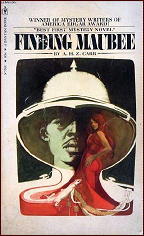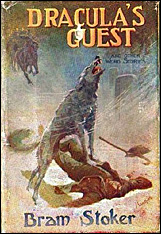Wed 11 Oct 2017
A Movie Review by Dan Stumpf: THE NAKED VENUS (1959).
Posted by Steve under Films: Drama/Romance , Reviews[3] Comments
THE NAKED VENUS. Beaux Arts Films, 1959. Patricia Conelle, Don Roberts, Arianne Ulmer (as Arianne Arden) and Wynn Gregory. Written by Gabriel Gort and Gaston Hakim, who probably didn’t use their right names either. Directed by Edgar G. Ulmer (as Ove H. Sehested!).
Over the years Edgar Ulmer has come in for a great deal of critical attention, mostly well-earned. Responsible film scholars, though, have ignored this opus from late in his career, probably because The Naked Venus represents Ulmer outside the legitimate cinema, directing a “Nudieâ€: the sort of film that played at seedy theaters to audiences of desperate men… and curious teenagers like me, when we looked old enough to lie about our age and sneak in. Or perhaps no serious critic wanted to admit they’d seen it.
Well I have no such reservations, but I have to say The Naked Venus must have disappointed a lot of lonely men and curious boys, not to mention scholars of the Cinemah.
The early scenes gave me some hope: Two detectives with a camera stalking through the woods find two women skinny-dipping and start taking movies. The stalking scenes are well composed, and the skinny-dipping is mildly sensuous; good so far….
Then we cut to Paris at night, and we know this because we get about a dozen establishing shots of Parisian landmarks for ten minutes — ten very long minutes.
When the Plot finally commences, it’s pure Soap, with a misunderstood young Nudist fighting her nasty mother-in-law and her weakling husband in a divorce case to keep custody of their daughter and redeem her reputation. And I’m here to tell you it’s a half-an-hour of nothing but Daytime Drama: no nudity, nothing sexy, just bad acting on cheap sets, done so haphazardly you can almost hear Ulmer saying, “Just shoot the damn thing and kill me.”
Finally the heroine decides to get away from it all by visiting a Nudist camp run by Ulmer’s daughter Arianne… who keeps her clothes on. So I imagine the lonely old men and curious youngsters perked up (if that’s the right word) for fifteen minutes of documentary-style scenes of happy, healthy, good-looking naked people artfully keeping their crotches hidden as they swim, hike, have archery contests and — yes — play volleyball.
But alas, this is followed by another forty-five minutes where our heroine goes to court. Things look dark as her naked life-style is dragged before the Judge. Then, when all seems lost, her lawyer brings in an Art Critic(!) who explains that the naked form is the basis of many highfalutin’ masterpieces. And that convinces the judge.
The Divorce case is dismissed and her weakling husband breaks away from his domineering mother for a happy ending—for everyone but the paying customers, who suddenly realize they’ve sat through all this in vain: Not even a glimpse of epidermis for the last third of the film, just a movie shot as if the director were contemplating suicide.
Now I am well known as the Boston Blackie of bad movies (“Friend to those who have no friendâ€) and I watched this with some anticipation, but even my love of awful filmmaking could not encompass this effort. The best thing I can say about The Naked Venus is that it will probably do Ulmer’s reputation no damage.
Or not too much, anyway….




